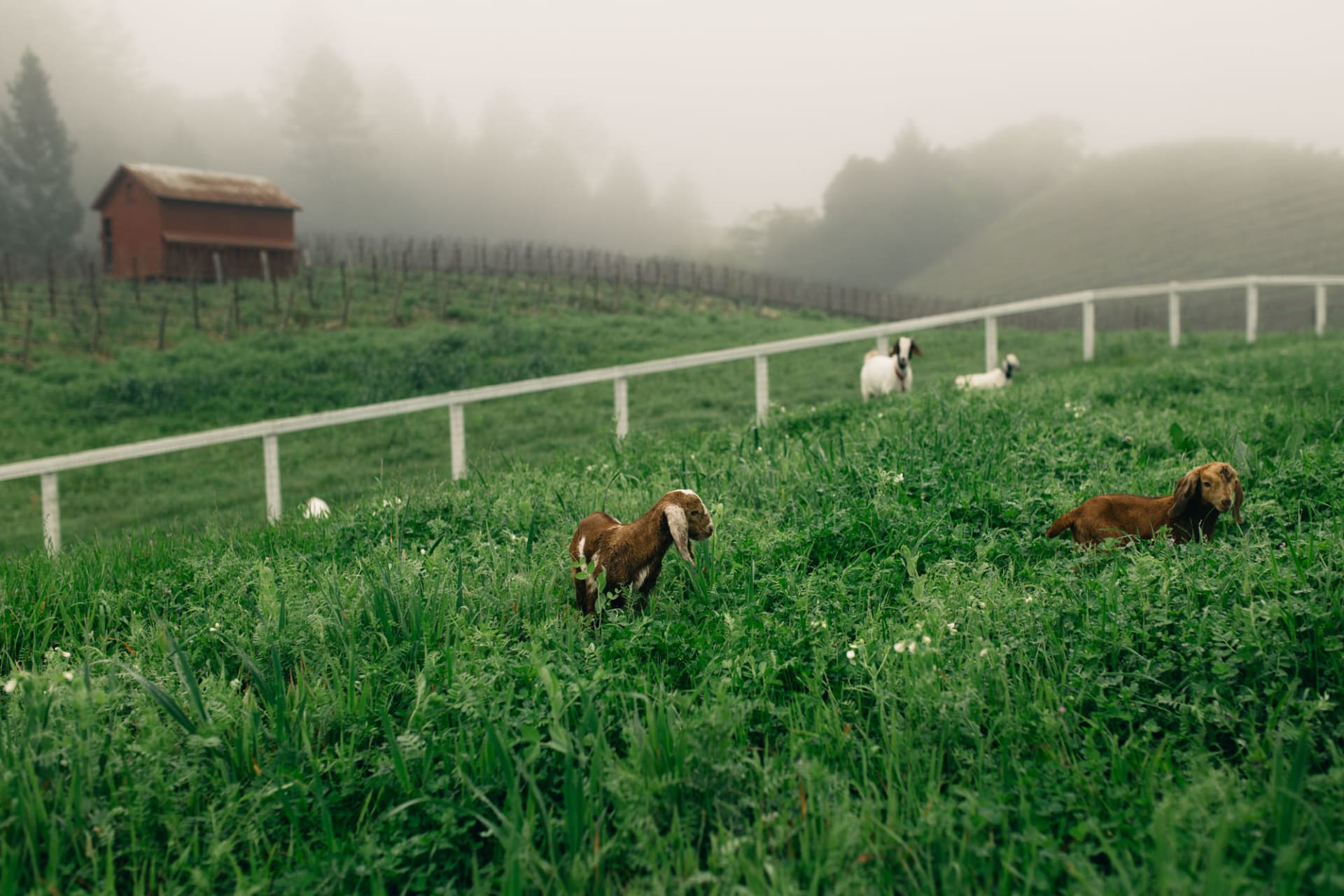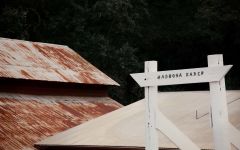Abreu Vineyards Las Posadas Howell Mountain 2015
-
Robert
Parker -
Jeb
Dunnuck -
Wine
Spectator



Product Details
Your Rating
Somm Note
Winemaker Notes
When David purchased this Howell Mountain property in 2000 it came with an unexpected perk: first growth redwood stakes dating back over a century. Relics of an earlier era of agriculture. “When the college owned this site they'd burn all the underbrush, including the stakes, to keep it clean. When I came in we found them and set them all aside,” he says. At about 2000 feet elevation, Las Posadas sits above the fog line, surrounded by a protected forest of fir and pine. Red Aiken soils are layered over white tufa, and the rocks that littered the site before it was planted now form walls defining the property. The redwood stakes—collected, stacked, preserved—await their next life.
Blend: 38% Cabernet Sauvignon, 34% Cabernet Franc, 14% Petit Verdot, 15% Merlot and Malbec
Professional Ratings
-
Robert Parker's Wine Advocate
Abreu is now calling his vineyard on Howell Mountain (a tract of 33 acres with 15 planted) Las Posadas, after the road high on the mountain that seems to be the Fifth Avenue of Howell Mountain vineyard sites. The seamless 2015 Las Posadas Proprietary Red nearly redefines opulence, extravagance, and intensity in its haute couture style. A candidate for perfection, the wine has notes of fruitcake, licorice, black truffle, forest floor, spring flowers, and black fruits that literally soar from the glass and continue across the palate with a cascade of earthly delights. This is a magnificent, almost chillingly perfect wine that has to be tasted to be experienced.
Range: 98-100 -
Jeb Dunnuck
The 2015 Las Posadas comes from an estate vineyard on Howell Mountain that lies at 2,000 feet in elevation, above the fog line. This singular effort has a flamboyant, mineral-laced bouquet of black and blue fruits, forest floor, camphor, chocolate, and exotic flowers, and is an incredible expression of this mountain terroir. With great, great intensity, beautiful purity of fruit, and again, this savory, mineral-driven character, it has enough tannins to warrant 2-4 years of bottle age and will keep for 4-5 decades. This cuvée is 38% Cabernet Sauvignon, 34% Cabernet Franc, 14% Petit Verdot, and the rest Merlot and Malbec.
-
Wine Spectator
A big version, with broad-shouldered currant and fig paste notes, wrapped in tar and roasted mesquite accents. The finish rumbles through, revealing espresso cream and licorice root details. Offers a gorgeous mouthfeel and a creamy edge that drapes over the warm earth, tobacco and alder elements at the end. Cabernet Sauvignon, Cabernet Franc, Petit Verdot, Merlot and Malbec. Best from 2022 through 2037.
Other Vintages
2012-
Robert
Parker -
James
Suckling
-
Robert
Parker - Vinous






David Abreu is a third generation native of the Napa Valley. David grew up in Rutherford, California in a family with farming interests. Starting at an early age, David worked during the summers at Inglenook and Caymus vineyard. As time passed, his interests focused on viticulture and ultimately he began to farm and manage several properties on his own. In 1980 he founded David Abreu Vineyard Management, Inc. That same year he developed the Madrona Ranch vineyard. David produced his first wine in 1986 from the Cabernet Sauvignon and Cabernet Franc at Madrona Ranch. His first commercial release was with the 1987 Abreu Madrona Ranch.

One of the world’s most classic and popular styles of red wine, Bordeaux-inspired blends have spread from their homeland in France to nearly every corner of the New World. Typically based on either Cabernet Sauvignon or Merlot and supported by Cabernet Franc, Malbec and Petit Verdot, the best of these are densely hued, fragrant, full of fruit and boast a structure that begs for cellar time. Somm Secret—Blends from Bordeaux are generally earthier compared to those from the New World, which tend to be fruit-dominant.

Today Cabernet Sauvignon is the star of this part of Napa’s rugged, eastern hills, but Zinfandel was responsible for giving the Howell Mountain growing area its original fame in the late 1800s.
Winemaking in Howell Mountain was abandoned during Prohibition, and wasn’t reawakened until the arrival of Randy Dunn, a talented winemaker famous for the success of Caymus in the 1970s and 1980s. In the early eighties, he set his sights on the Napa hills and subsequently astonished the wine world with a Howell Mountain Cabernet Sauvignon. Shortly thereafter Howell Mountain became officially recognized as the first sub-region of Napa Valley (1983).
With vineyards at 1,400 to 2,000 feet in elevation, they predominantly sit above the fog line but the days in Howell Mountain remain cooler than those in the heart of the valley, giving the grapes a bit more time on the vine.
The Howell Mountain AVA includes 1,000 acres of vineyards interspersed by forestlands in the Vaca Mountains. The soils, shallow and infertile with good drainage, are volcanic ash and red clay and produce highly concentrated berries with thick skins. The resulting wines are full of structure and potential to age.
Today Cabernet Sauvignon, Merlot and Petite Sirah thrive in this sub-appellation, as well as its founding variety, Zinfandel.
